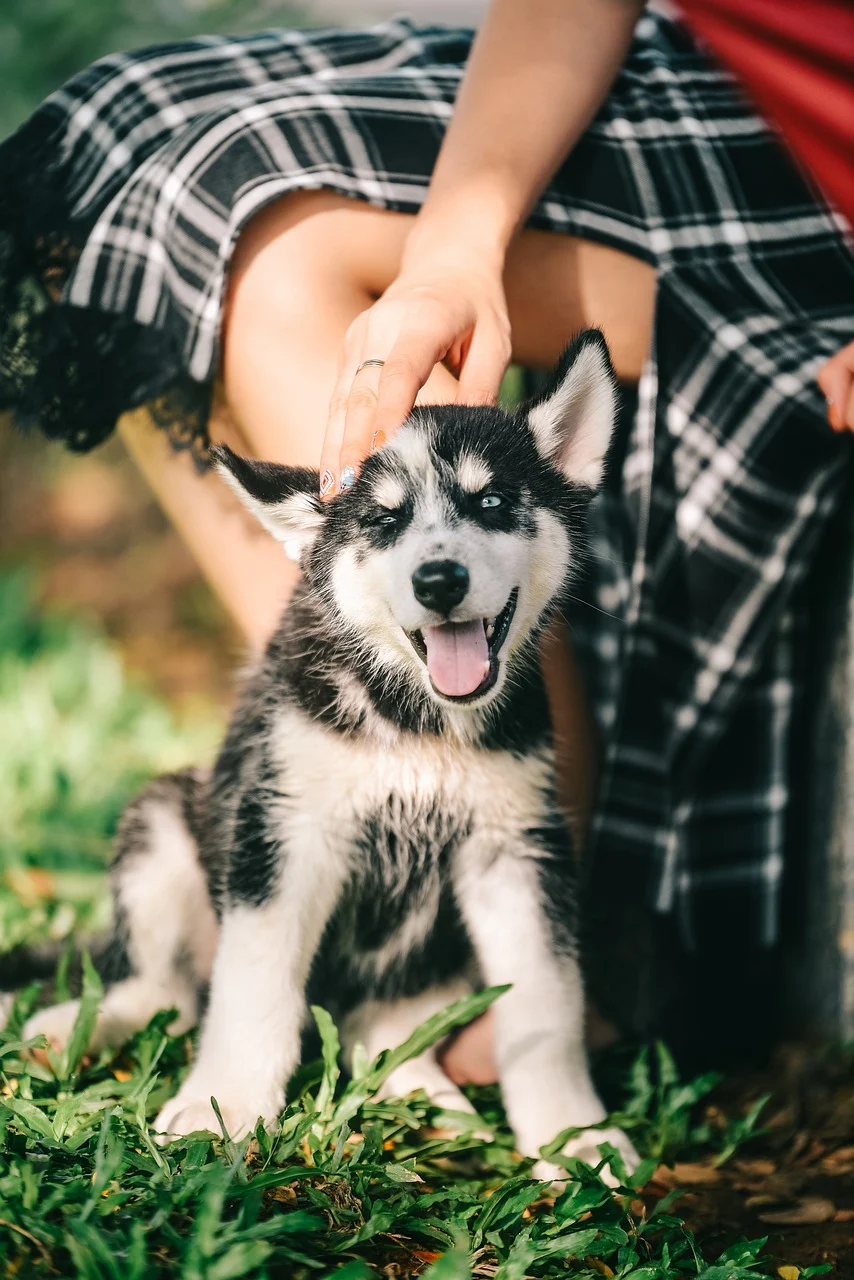The lifestyle of dogs varies widely based on factors such as breed, environment, and individual personality. Here’s an overview of key aspects that shape a dog’s lifestyle:
1. Exercise Needs
- Activity Level: Dogs require regular physical activity, but the amount varies by breed. Active breeds (like Border Collies and Retrievers) need more exercise compared to smaller, less energetic breeds (like Bulldogs).
- Daily Walks: Most dogs benefit from daily walks, playtime, and mental stimulation to keep them happy and healthy.
2. Socialization
- Interactions with Humans: Dogs are social animals that thrive on interaction with their owners and family members. Regular socialization helps them develop good behavior.
- Play with Other Dogs: Interacting with other dogs is crucial for their development and can be done at dog parks or during playdates.
3. Nutrition
- Dietary Needs: A balanced diet is essential for health. Dogs need a mix of proteins, fats, carbohydrates, vitamins, and minerals tailored to their life stage and health.
- Feeding Routine: Establishing a regular feeding schedule helps maintain a healthy weight and digestion.
4. Training and Mental Stimulation
- Obedience Training: Basic commands and social etiquette are vital for a well-adjusted dog. Consistent training builds a strong bond between the dog and owner.
- Mental Challenges: Puzzle toys, training exercises, and interactive games help keep a dog’s mind sharp and prevent boredom.
5. Rest and Sleep
- Sleep Patterns: Dogs typically sleep 12 to 14 hours a day, with puppies and older dogs needing even more. They often take short naps throughout the day.
- Comfortable Space: Providing a cozy and safe resting area is essential for their well-being.
6. Health Care
- Regular Vet Visits: Routine check-ups, vaccinations, and dental care are crucial for maintaining a dog’s health.
- Grooming Needs: Depending on the breed, grooming requirements can vary. Regular brushing, bathing, and nail trimming are important for hygiene.
7. Lifestyle Adaptation
- Home Environment: Dogs adapt to their living situations, whether in apartments or houses with yards. Access to outdoor spaces is beneficial.
- Family Dynamics: Dogs are often integrated into family life, participating in activities and forming bonds with all family members.
8. Travel and Outings
- Adventurous Spirits: Many dogs enjoy traveling and exploring new environments. Planning pet-friendly outings can enhance their lifestyle.
- Safety Measures: When traveling, ensure your dog is secure in a vehicle and has access to essentials like water and breaks.
9. Emotional Well-Being
- Companionship: Dogs thrive on companionship and can experience separation anxiety. They often do best when included in family activities.
- Routine and Stability: Dogs benefit from consistent routines that provide structure and security.
By understanding and catering to these aspects of a dog’s lifestyle, owners can enhance their pet’s quality of life, ensuring they are happy, healthy, and well-adjusted companions

Nature Of Dogs:
Dogs have a unique nature that makes them remarkable companions. Here are some key aspects of their behavior and characteristics:
1. Social Animals
- Pack Mentality: Dogs are naturally pack animals, which means they thrive on social interaction and often look to their human families as their pack.
- Loyalty: They are known for their loyalty and attachment to their owners, forming strong bonds and displaying affection.
2. Communication
- Body Language: Dogs communicate through body language, such as tail wagging, ear positioning, and facial expressions. Understanding these signals is crucial for interpreting their feelings.
- Vocalizations: Barking, growling, whining, and howling are ways dogs express themselves. Each sound can convey different emotions, such as excitement, fear, or distress.
3. Instincts
- Herding and Hunting: Many breeds have strong instincts related to their historical roles, such as herding, hunting, or guarding. These instincts can manifest in behavior and play.
- Territorial Behavior: Dogs may display territorial instincts, protecting their home and family from perceived threats.
4. Curiosity and Playfulness
- Exploratory Nature: Dogs are naturally curious, often exploring their environment with enthusiasm. They enjoy sniffing, digging, and investigating new scents.
- Playfulness: Play is essential for a dog’s well-being, helping them develop social skills and providing mental and physical stimulation.
5. Emotional Sensitivity
- Empathy: Dogs are known for their ability to sense human emotions. They can often pick up on their owner’s mood and respond accordingly, offering comfort when needed.
- Stress and Anxiety: Dogs can experience stress and anxiety, particularly during changes in routine or environment. This sensitivity requires careful attention to their emotional needs.
6. Learning and Adaptability
- Trainability: Most dogs are eager to learn and can be trained to follow commands, perform tricks, and assist with various tasks. Their intelligence varies by breed.
- Adaptability: Dogs can adapt to different lifestyles and environments, from urban living to rural settings, though some breeds may have specific needs.
7. Grooming and Hygiene
- Self-Cleaning: Dogs groom themselves by licking their fur, but they also need regular grooming to maintain hygiene and coat health.
- Scent Marking: Dogs use scent marking as a way to communicate with other dogs, establishing territory and social status.
8. Dependency
- Need for Structure: Dogs thrive on routine and stability, and they often feel more secure when they know what to expect in their daily lives.
- Companionship Needs: Dogs generally do not do well when left alone for extended periods, as they crave interaction and companionship.
Understanding the nature of dogs helps owners provide the care and environment that allow their pets to thrive, leading to a happy and fulfilling life together!

Behaviors OF Dogs:
Dogs exhibit a wide range of behaviors that reflect their instincts, emotions, and social nature. Here are some common behaviors and what they typically signify:
1. Body Language
- Tail Wagging: A wagging tail often indicates happiness or excitement, but the position and speed can convey different emotions. A high, fast wag usually means excitement, while a slow wag can indicate uncertainty.
- Ears: Erect ears show alertness, while flattened ears can signal fear or submission.
- Posture: A relaxed body posture indicates comfort, while a stiff stance may suggest alertness or aggression.
2. Vocalizations
- Barking: Dogs bark for various reasons—alerting to danger, seeking attention, expressing excitement, or communicating discomfort.
- Growling: This can be a warning signal, indicating that a dog feels threatened or is defending its territory.
- Whining: Whining often indicates anxiety, desire for attention, or discomfort.
3. Social Interactions
- Play Bow: When a dog bows with its front legs extended and rear end up, it’s an invitation to play and shows that it’s feeling friendly.
- Sniffing: Dogs use their sense of smell to gather information about their environment, other dogs, and even people.
4. Affectionate Behaviors
- Cuddling: Dogs may seek physical closeness as a way to bond with their owners, showing affection and trust.
- Licking: Licking can be a sign of affection or a way for dogs to explore their environment.
5. Territorial Behavior
- Marking: Dogs may mark their territory by urinating in specific spots, often more common in males.
- Guarding: Dogs might exhibit protective behaviors around their home or family, barking at strangers or being wary of unfamiliar situations.
6. Curiosity and Exploration
- Investigating: Dogs are naturally curious and often sniff around to explore their surroundings.
- Digging: Digging can stem from instinct, boredom, or a desire to find a cool spot to lie down.
7. Separation Anxiety
- Destructive Behavior: Dogs left alone for too long may chew furniture or dig to escape, signaling anxiety.
- Pacing or Whining: Signs of distress when left alone can include pacing, whining, or excessive barking.
8. Obedience and Training Responses
- Following Commands: A well-trained dog will respond to commands like sit, stay, or come, indicating a strong bond and understanding with its owner.
- Learning New Tricks: Many dogs enjoy the challenge of learning new tricks, reflecting their intelligence and eagerness to please.
9. Signs of Stress or Discomfort
- Panting: Excessive panting can indicate stress, pain, or overheating.
- Avoidance: If a dog avoids eye contact or tries to hide, it may be feeling scared or threatened.
10. Grooming and Self-Care
- Licking: Dogs may lick themselves to groom, but excessive licking can indicate anxiety or skin issues.
- Shaking: Dogs might shake off water or stress, similar to how they would shake off dirt or other irritants.
Understanding these behaviors can help dog owners respond appropriately, fostering a positive relationship and ensuring their pets feel safe and loved.

